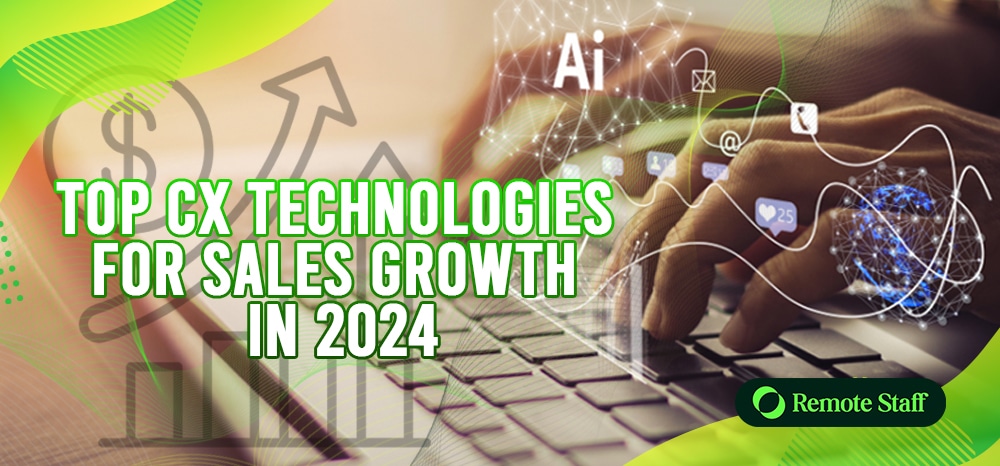Businesses that leverage advanced CX technologies often see a direct impact on their sales growth and customer loyalty.
In fact, companies that focus on delivering superior customer experiences report 5.7 times more revenue than competitors that don’t.
The shift towards personalized and automated solutions, such as AI chatbots, predictive analytics, and hyper-personalization, is transforming how businesses engage with customers.
Tools like CRM systems, CDP platforms, and omnichannel CRM solutions provide real-time engagement, offering tailored experiences that keep customers coming back.
In an increasingly competitive landscape, prioritizing customer experience is essential for long-term business success, driving both increased revenue and enhanced brand loyalty.
One way to do that is to level up your CX strategy by combining cutting-edge technology with a top-tier CX team.
The Importance of CX Technology in 2024
As businesses continue to evolve, customer experience (CX) remains a critical component of success.
In 2024, companies must stay updated with advanced CX technologies to meet the rising expectations of modern consumers.
By integrating AI chatbots, predictive analytics, and real-time engagement platforms, businesses can boost their sales growth and strengthen brand loyalty.
Like it or not, the evolution of CX technologies is reshaping how companies interact with customers, and failing to adopt these innovations can leave businesses trailing behind the competition.
The Evolution of Customer Experience Technologies
CX technologies have undergone a major transformation, from basic customer relationship management (CRM) systems to sophisticated AI-driven platforms.
This evolution has enabled businesses to deliver hyper-personalization and streamline customer interactions.
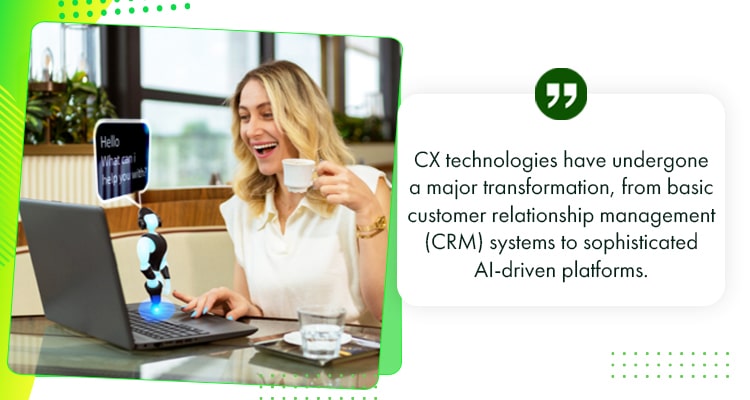
Here are the CX technologies available as of this writing:
- Traditional CRM systems focused on managing customer data and streamlining sales processes.
- AI-powered platforms, such as AI chatbots and IVR systems, automate customer service and provide real-time support.
- Predictive analytics tools help businesses anticipate customer needs and tailor their offerings accordingly.
- Omnichannel CRM solutions enable businesses to create seamless customer journeys across multiple touchpoints, including web, mobile, and in-store.
The Growing Need for Innovative CX Strategies in 2024
With rapidly changing customer expectations, businesses need to implement cutting-edge CX strategies to remain competitive in 2024 and beyond.
Failing to innovate can result in lost sales and decreased customer loyalty. Key drivers include:
- Rising demand for real-time engagement, such as instant responses through AI chatbots and social media platforms.
- The increasing prominence of voice commerce, allowing customers to make purchases via voice-enabled devices like Amazon Alexa and Google Home.
- The rise of AR/VR retail, providing immersive shopping experiences that bridge the gap between physical and digital spaces.
- Hyper-personalization, where customers expect tailored recommendations and experiences based on their preferences and past interactions.
Modern Customers Expect Seamless, Personalized Interactions Across Every Touchpoint
Nowadays, customers demand frictionless customizations at every stage of their purchasing journey.
Businesses must thus leverage CX technologies to deliver these experiences:
- Global companies like Amazon have set the standard for personalization, using data-driven insights to offer relevant product recommendations and seamless checkout processes.
- Starbucks has embraced omnichannel CRM, allowing customers to engage with the brand via mobile app, in-store, and online, all while delivering personalized rewards and offers.
- Sephora utilizes predictive analytics and AI-powered platforms to offer tailored beauty recommendations and virtual consultations, enhancing both their digital and in-store experiences.
By adopting the right technologies and strategies, businesses can meet the growing expectations of modern consumers, driving customer loyalty and boosting sales growth.
Top 10 CX Technologies that Drive More Sales in 2024
Adopting the right CX technologies can significantly impact sales growth.
From AI chatbots to AR/VR retail, businesses are leveraging these advancements to enhance customer interactions and boost revenue.
The top CX technologies are designed to improve customer experience, streamline operations, and drive more conversions.

Among these, AI-powered chatbots and virtual assistants are leading the charge in transforming how businesses communicate with customers and enhance engagement.
1. AI-Powered Chatbots and Virtual Assistants
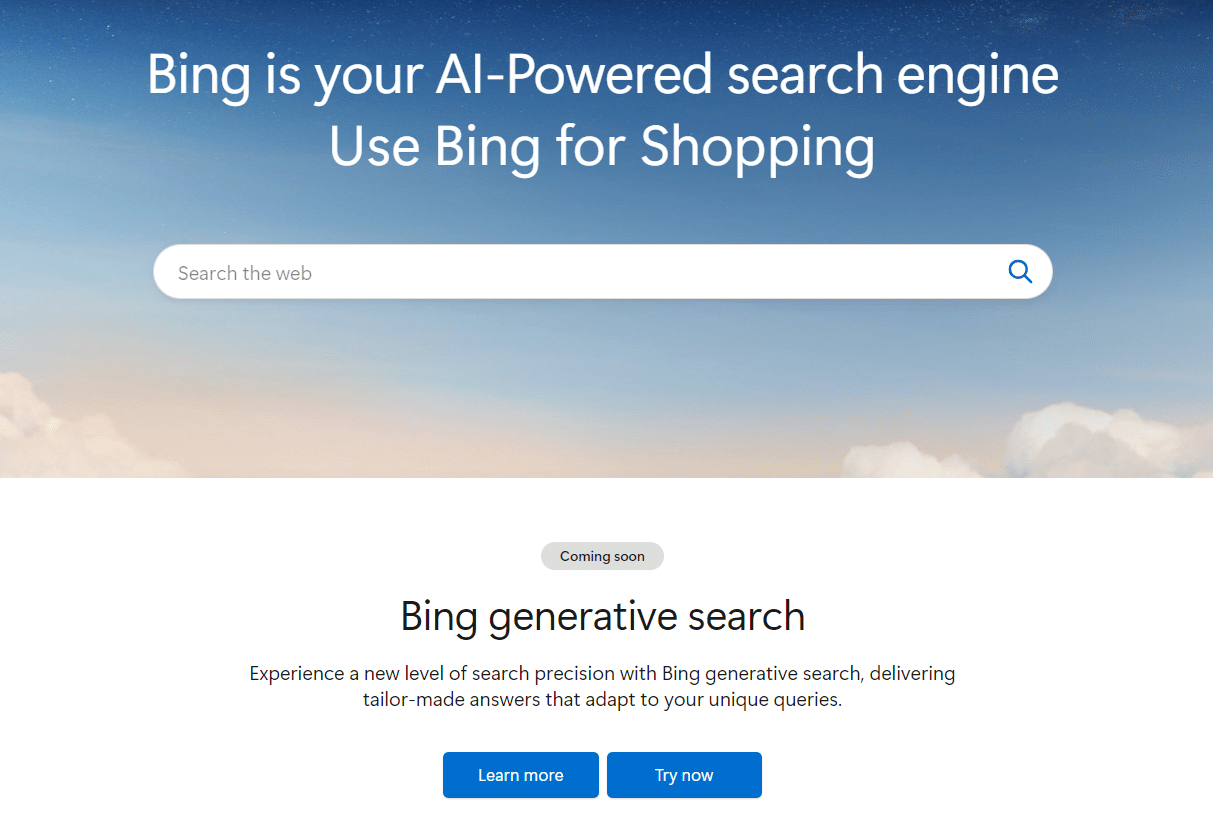
AI-powered chatbots are revolutionizing how businesses interact with their customers by providing instant, accurate, and personalized responses.
These virtual assistants are essential for improving real-time engagement and enhancing customer experience across various touchpoints.
Enhancing Customer Engagement and Communication
AI chatbots play a critical role in streamlining communication and increasing customer engagement by offering the following benefits:
- Instant responses to customer inquiries, minimizing waiting time and improving overall satisfaction.
- Personalized recommendations based on customer preferences and past interactions, improving the shopping experience.
- Seamless integration with CRM systems and CDP platforms, providing a unified customer journey across all channels.
- Lead generation and qualification, where chatbots filter leads based on predefined criteria, letting sales teams focus on high-potential prospects.
Key Features
AI-powered chatbots are becoming more advanced, incorporating key features that drive better results:
- Natural Language Processing (NLP) allows chatbots to understand and respond to customer queries more naturally, improving communication flow.
- 24/7 support capabilities, offering customers real-time assistance any time of day, contributing to higher satisfaction rates.
- Lead qualification through automated conversations, identifying promising leads based on user interactions and directing them to sales teams for follow-up.
Benefits for Sales Growth
The integration of AI chatbots has shown tangible results in boosting sales growth.
Their ability to offer timely, personalized responses helps create a seamless buying experience that can lead to higher conversion rates and stronger brand loyalty.
Key benefits of AI-powered chatbots that drive sales growth include:
- Faster response times lead to immediate customer satisfaction, reducing frustration and cart abandonment.
- Personalized assistance increases customer satisfaction by tailoring solutions to individual needs.
- Higher conversion rates, as AI chatbots assist customers in real-time, answering questions and guiding them through the purchasing process.
- Consistent follow-ups and engagement help convert leads into sales and boost overall revenue.
Real-World Examples of Companies Boosting Sales Using AI-Powered Solutions
Several global companies have successfully integrated AI-powered chatbots into their customer experience strategy, resulting in higher sales growth:
- Sephora uses AI chatbots to offer personalized beauty recommendations, assisting customers both online and in-store, leading to increased conversions.
- H&M deploys AI virtual assistants to provide fashion advice and help customers find products, improving customer satisfaction and sales.
- Domino’s Pizza employs AI-powered solutions for order tracking and customer inquiries, creating a smoother and faster customer experience that directly impacts sales.
By leveraging these CX technologies, businesses can significantly improve their digital experience and increase customer engagement, ultimately driving more sales.
2. Customer Data Platforms (CDPs) for Personalization
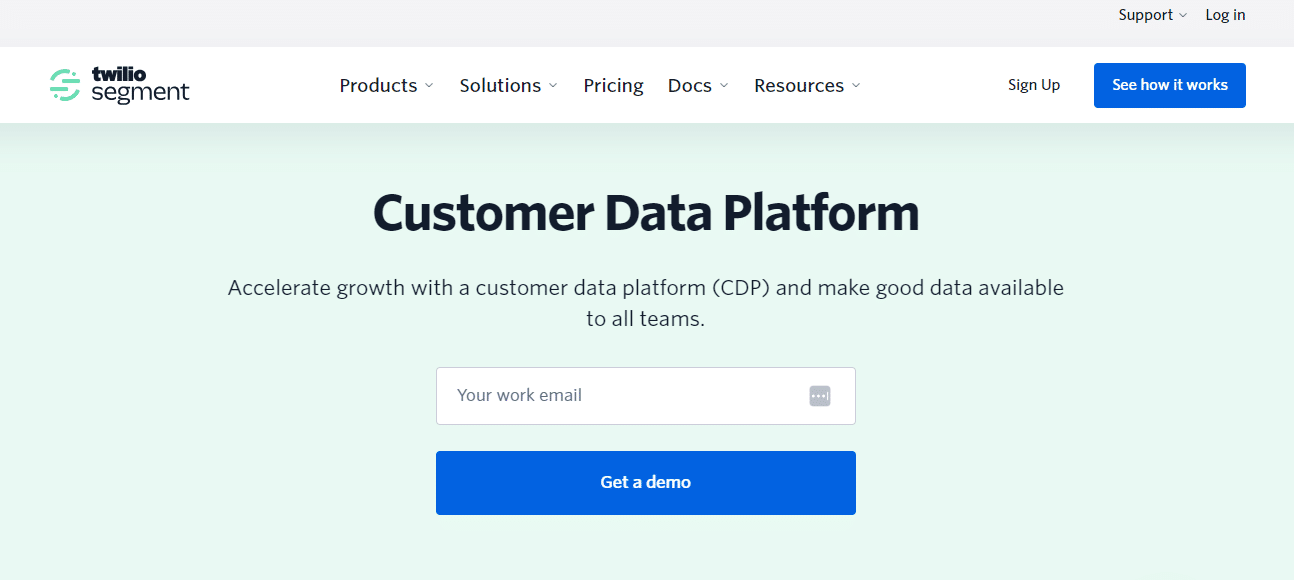
As businesses strive to deliver hyper-personalized customer experiences, customer data platforms (CDPs) have emerged as a critical tool for driving sales growth.
In 2024, leveraging CDP platforms can centralize customer data, allowing companies to create more personalized interactions across multiple touchpoints.
By effectively managing data, businesses can gain better insights into customer behavior and preferences, leading to improved real-time engagement and targeted marketing.
Centralizing Customer Data for Better Insights
CDPs play an important role in consolidating data from various sources, helping businesses enhance the customer experience.
Here’s how CDPs work:
- Collect and centralize customer data from multiple channels such as social media, email, website interactions, and in-store purchases.
- Create unified customer profiles by integrating data from different systems, including CRM systems, e-commerce platforms, and IVR systems.
- Enable predictive analytics by analyzing customer behavior patterns, allowing businesses to anticipate customer needs and deliver timely, relevant content.
- Support omnichannel CRM strategies by creating a consistent and personalized experience across all customer touchpoints.
Real-Time Personalization and Targeted Marketing
One of the primary advantages of CDPs is their ability to deliver real-time personalization and drive targeted marketing efforts.
This capability enables businesses to engage customers in meaningful ways at every stage of their journey, boosting sales growth and brand loyalty.
CDPs enable real-time personalization and targeted marketing through:
- Real-time segmentation -allows businesses to group customers based on behavior, interests, or demographics and target them with personalized offers or content.
- Predictive recommendations -use AI and machine learning to suggest products or services tailored to the customer’s previous interactions and preferences.
- Dynamic content creation -enables personalized messages, such as product recommendations or service offers, that change based on real-time customer activity.
Businesses across the globe are using CDPs to execute effective personalized marketing strategies, such as:
- Personalized email campaigns that automatically adjust content based on customer interests, purchase history, or behavior on the website, leading to improved open and click-through rates.
- Recommendation engines that suggest products or services tailored to the customer’s preferences, increasing the likelihood of conversion.
For instance, Netflix uses CDPs to power its recommendation algorithms, driving higher customer retention.
- Segmentation strategies that allow businesses to deliver specific marketing messages to targeted customer groups.
For example, Coca-Cola uses CDPs to create personalized campaigns that resonate with different audience segments, increasing customer engagement.
By centralizing customer data and enabling real-time personalization, businesses can use CDP platforms to deliver more relevant, targeted experiences, resulting in significant sales growth.
3. Voice Commerce and Smart Speakers Integration
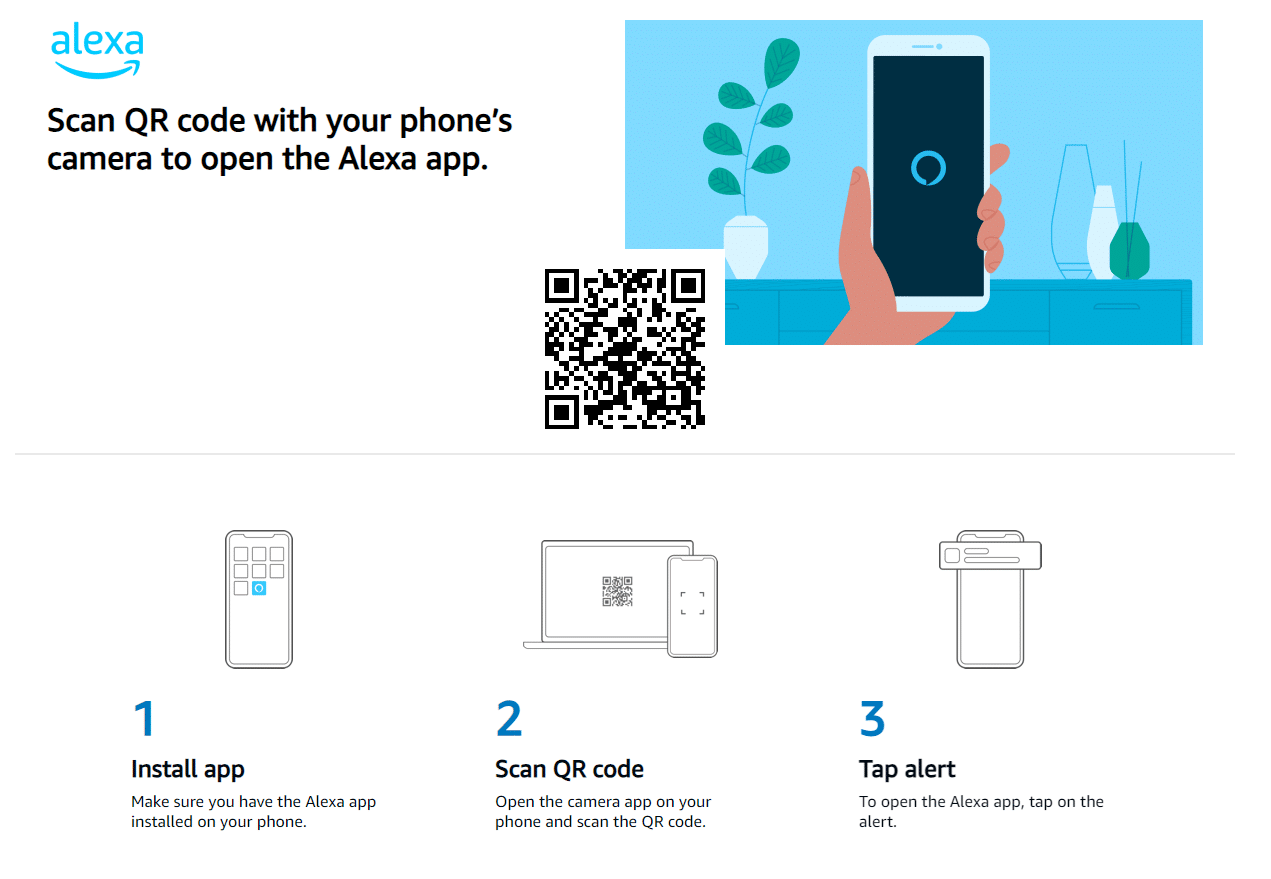
As consumer habits shift towards greater convenience and efficiency, voice commerce is rapidly becoming a pivotal CX technology for businesses looking to boost sales.
With the rise of smart speakers like Amazon Alexa and Google Assistant, more consumers are using voice commands to browse, shop, and engage with brands.
Companies that adopt voice commerce and integrate smart speakers into their customer experience strategies are thus poised to stay ahead of the competition.
The Rise of Voice Commerce in 2024
Voice commerce is revolutionizing the way customers shop by simplifying the process and reducing friction.
As smart speaker technology evolves, businesses are finding new ways to tap into this market:
- Amazon Alexa and Google Assistant are leading platforms in voice commerce, allowing consumers to make purchases, track orders, and get product information through voice commands.
- Voice search capabilities are becoming more sophisticated, enabling consumers to quickly find products or services without interacting with a screen.
- Voice commerce is expanding beyond home devices, with integration into mobile apps and wearable tech, providing even more touchpoints for customers to engage with businesses.
Integration Strategies for Retailers and E-Commerce Businesses
Retailers and e-commerce companies can harness the power of voice commerce to offer seamless, hands-free shopping experiences and increase real-time engagement.
By integrating smart speakers into the sales funnel, businesses can create more personalized and convenient customer interactions.
The Benefits
There are several benefits to integrating voice commerce into your business model, especially when it comes to customer experience and sales growth:
- Hands-free shopping allows customers to browse and purchase products without needing to use a device, offering convenience and simplicity.
- Voice-activated promotions can drive sales by offering special deals or discounts triggered by voice commands, encouraging impulse purchases.
- Increased customer convenience through the ability to order, re-order, and manage accounts via voice commands, enhancing the overall shopping experience.
Strategies to Integrate Voice Assistants in Sales Funnels
To fully leverage the potential of voice commerce, businesses must integrate voice assistants into their sales strategies.
Here are some key strategies to consider:
- Voice-activated product discovery. Incorporate voice search into your e-commerce platform to make it easy for customers to find products using simple voice commands.
- Personalized voice recommendations. Use data from CDP platforms and predictive analytics to deliver customized product recommendations via voice assistants.
- Voice commerce in the checkout process. Implement voice-enabled checkout to simplify the purchasing process and reduce cart abandonment.
- Omnichannel CRM integration. Align voice commerce with your omnichannel strategy to provide a unified shopping experience across all devices.
By integrating voice commerce into your digital experience strategy, retailers and e-commerce businesses can capitalize on this growing trend.
It also aims to deliver hyper-personalization and real-time engagement that customers have come to expect.
4. Augmented Reality (AR) and Virtual Reality (VR) for Immersive Shopping Experiences

AR/VR retail technologies are proving essential for delivering immersive and interactive shopping experiences.
Retailers are embracing augmented reality (AR) and virtual reality (VR) to enhance the customer experience for a more engaging and personalized way to interact with products.
These technologies boost sales growth and strengthen customer loyalty by providing more informed purchasing decisions.
Using AR/VR to Elevate Retail Experiences
AR and VR technologies have transformed the way consumers explore and visualize products, creating a dynamic shift in the retail industry.
Here’s how AR/VR is used to enhance retail experiences:
- Augmented Reality (AR) allows customers to overlay digital images onto the real world through their smartphones so they can see products like furniture, clothing, or accessories in their own space.
- Virtual Reality (VR) creates fully immersive environments, such as virtual stores, where customers can explore products and navigate through store layouts as if they were physically present.
- 3D product modeling in AR/VR helps customers understand the size, design, and features of products more comprehensively, bridging the gap between online shopping and in-person experiences.
- Personalization features within AR/VR allow for tailored recommendations and adjustments based on customer preferences.
AR/VR technologies are being used in various innovative ways across industries to create more engaging shopping experiences:
- Virtual try-ons. Customers can try on clothing, makeup, or accessories virtually, eliminating the need for visits to physical stores and boosting confidence in online purchases.
For example, Sephora’s AR feature allows users to see how makeup products look on their face before buying.
- Product demos. AR allows customers to experience product demonstrations in real-time, helping them understand product features better.
One notable example? L’Oreal’s use of AR to offer virtual hair color try-ons.
- Interactive store experiences. Brands like IKEA use AR to let customers visualize how furniture will look in their homes for an interactive shopping journey that aids buying decisions.
How AR/VR Drives Sales Growth
By incorporating AR/VR into the customer experience, businesses are experiencing measurable improvements in sales growth.
These technologies not only enhance the buying process but also help lower rates of product returns.
Furthermore, the implementation of AR/VR technologies brings a range of benefits that directly impact sales:
- Reduced returns. By allowing customers to virtually experience products before purchase, AR/VR significantly reduces the likelihood of post-purchase dissatisfaction, which leads to fewer returns.
- Higher customer engagement. AR/VR creates a more engaging and immersive shopping experience, encouraging customers to interact with products for longer and fostering deeper brand connections.
- Increased conversion rates. Virtual try-ons and product visualization tools help boost customer confidence, leading to higher conversion rates and improved sales growth.
5. Omnichannel CRM Solutions for Seamless Customer Journeys
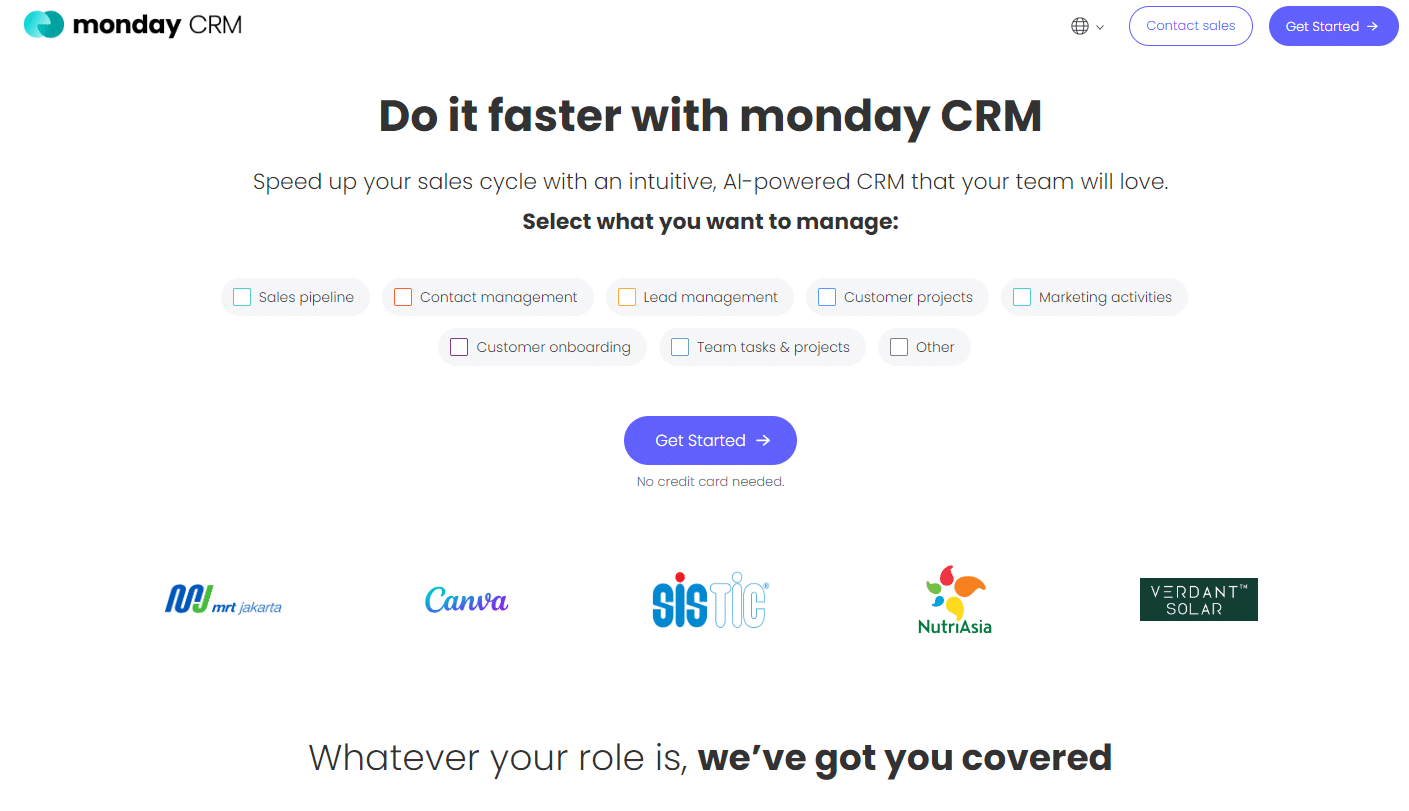
Today, delivering a seamless and personalized customer experience is essential for driving sales growth.
Omnichannel CRM systems are at the forefront of this transformation as they unify customer interactions across various touchpoints to create a cohesive consumer experience.
By leveraging omnichannel CRM solutions, businesses can provide consistent engagement, no matter where or how customers interact with the brand.
Unifying Customer Interactions Across Channels
Omnichannel CRM systems go beyond traditional CRM tools by integrating and synchronizing customer interactions across multiple channels.
This creates a holistic view of the customer, helping businesses deliver more personalized and timely experiences.
Key features include:
- Social media integration. Track and engage with customers across platforms like Facebook, Instagram, and Twitter, creating consistent messaging.
- Email. Manage customer communications efficiently to deliver personalized email campaigns that align with other touchpoints.
- Phone and IVR systems. Integrate voice interactions so customers can transition seamlessly between phone calls and digital channels.
- In-store. Sync in-store customer data with online activity for a complete view of the customer journey.
Sales Impact of Omnichannel CRM
The adoption of omnichannel CRM systems has a significant impact on sales growth by improving customer interactions and streamlining the sales process.
Benefits include:
- Consistent messaging across all channels for a unified customer experience that strengthens brand loyalty.
- Improved customer insights from unified data so businesses can better understand customer behavior and preferences.
- Streamlined sales pipelines, where sales teams can manage customer interactions across platforms more efficiently to improve conversion rates.
6. Predictive Analytics and Customer Insights Tools
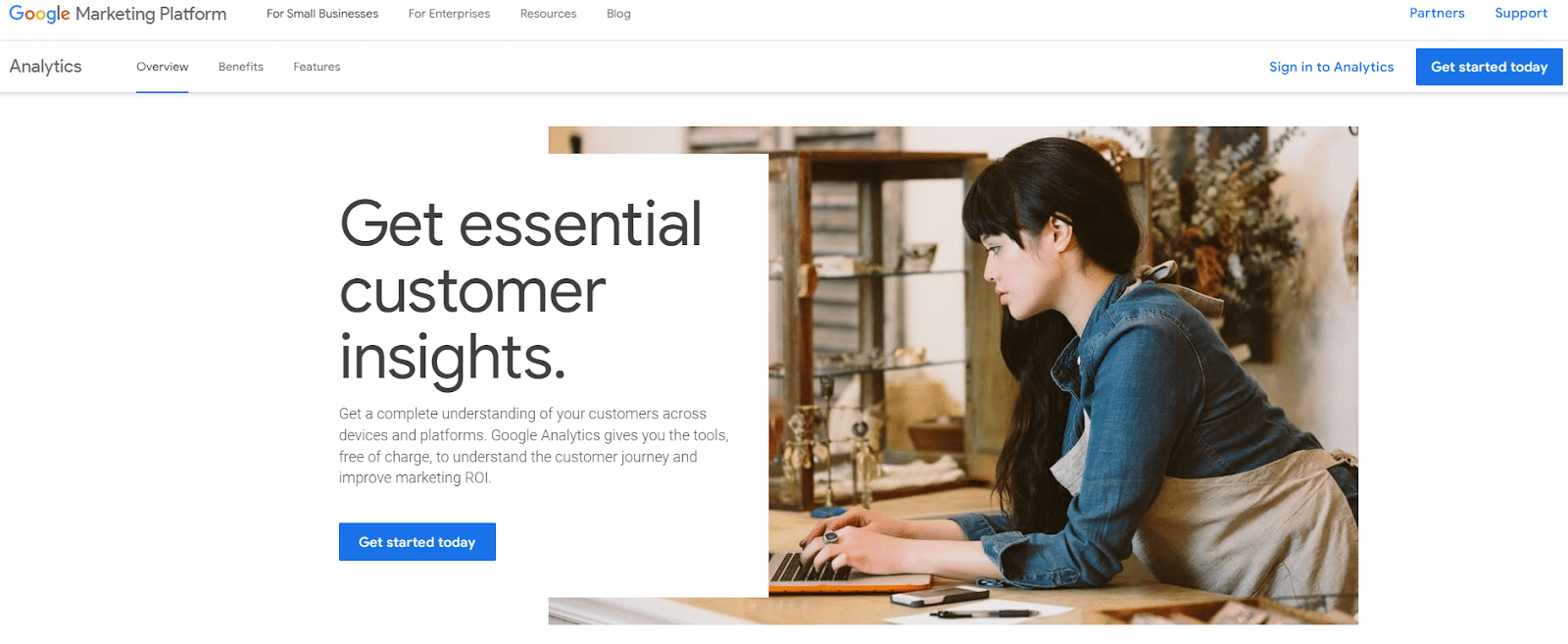 In the rapidly evolving business landscape of 2024, predictive analytics is playing a pivotal role in helping companies anticipate customer behavior and make more informed decisions.
In the rapidly evolving business landscape of 2024, predictive analytics is playing a pivotal role in helping companies anticipate customer behavior and make more informed decisions.
By analyzing historical data and trends, predictive analytics tools enable businesses to uncover actionable insights that drive customer experience improvements and sales growth.
Leveraging Predictive Analytics to Understand Customer Behavior
Predictive analytics uses machine learning algorithms and data analysis techniques to forecast customer behavior, helping businesses stay one step ahead.
These tools allow businesses to:
- Anticipate customer needs by analyzing purchase patterns and behaviors to offer personalized product recommendations.
- Segment customers based on predicted behavior, allowing for targeted marketing and personalized customer experiences.
- Identify trends in customer behavior so companies can make proactive decisions that optimize real-time engagement.
Businesses across industries are using predictive analytics to refine their strategies and improve sales outcomes.
Common use cases include:
- Predicting customer churn. Identifying which customers are likely to leave and proactively engaging them to prevent loss.
- Identifying upsell and cross-sell opportunities. Using data to recommend relevant products or services that align with customer needs.
- Optimizing pricing strategies. Analyzing market trends and customer behavior to set competitive prices that maximize revenue.
How Predictive Analytics Influence Sales Strategies
By integrating predictive analytics into their operations, businesses can fine-tune their sales approaches and deliver more relevant customer experiences.
Here’s how predictive insights impact sales strategies:
- Refining sales strategies. Predictive analytics helps sales teams prioritize leads, identify high-potential customers, and tailor their approach for maximum effectiveness.
- Proactive customer service solutions. Anticipating customer needs allows businesses to offer timely solutions, improving customer satisfaction and driving loyalty.
- Boosting sales growth through personalized recommendations. Customers are more likely to engage and convert when presented with tailored offers that meet their needs.
Incorporating predictive analytics tools into your business operations enhances the customer experience and also drives more efficient, data-driven sales strategies.
By staying ahead of customer behavior, businesses can proactively address challenges, capitalize on opportunities, and ultimately, achieve stronger sales growth.
7. Intelligent Interactive Voice Response (IVR) Systems for Enhanced Call Center Efficiency
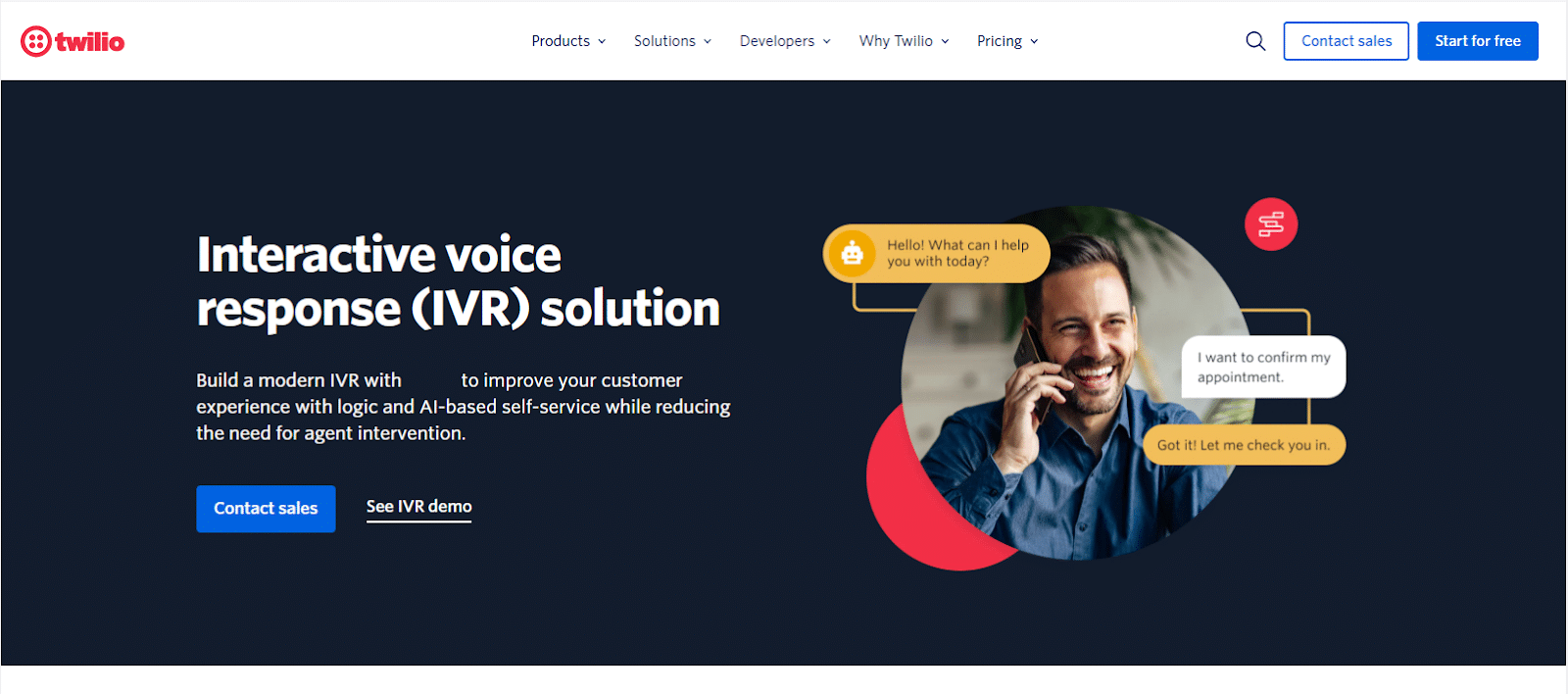 As customer service becomes increasingly automated, Intelligent IVR systems are transforming how businesses handle high call volumes without compromising the overall customer experience.
As customer service becomes increasingly automated, Intelligent IVR systems are transforming how businesses handle high call volumes without compromising the overall customer experience.
These systems are vital for improving efficiency in call centers to enhance customer satisfaction and drive sales growth.
By leveraging advanced features like call routing and voice recognition, companies can streamline their support processes for quicker resolutions and happier customers.
Key Features of Intelligent IVR Systems
Intelligent IVR systems are advanced, automated tools that use voice recognition, AI, and machine learning to interact with callers, resolve issues, or route them to the right agents.
Benefits include:
- Faster issue resolution by guiding customers to the right department or resource quickly.
- Lower operational costs by automating routine inquiries and freeing up agents for more complex tasks.
- Scalability that accommodates businesses of all sizes, handling thousands of calls with ease.
Key Features
Intelligent IVR systems come equipped with features that enhance efficiency and customer satisfaction, such as:
- Advanced call routing. Automatically directs calls to the appropriate department or agent based on caller input.
- Voice recognition. Uses Natural Language Processing (NLP) to understand and respond to customer inquiries in real-time.
- Automated assistance. Offers pre-recorded answers to common questions, reducing the need for human intervention.
Sales Implications of Implementing IVR Systems
The adoption of intelligent IVR systems improves operational efficiency and also has a direct impact on sales growth by enhancing the overall customer experience.
Implementing IVR systems can also pave the way for:
- Reduced wait times, which lead to happier customers
- Increased first-call resolution rates to decrease repeat inquiries and unresolved issues
- Higher customer satisfaction, which creates a positive brand experience and in turn, improves customer retention and drives repeat sales.
8. Hyper-Personalization with Machine Learning Algorithms
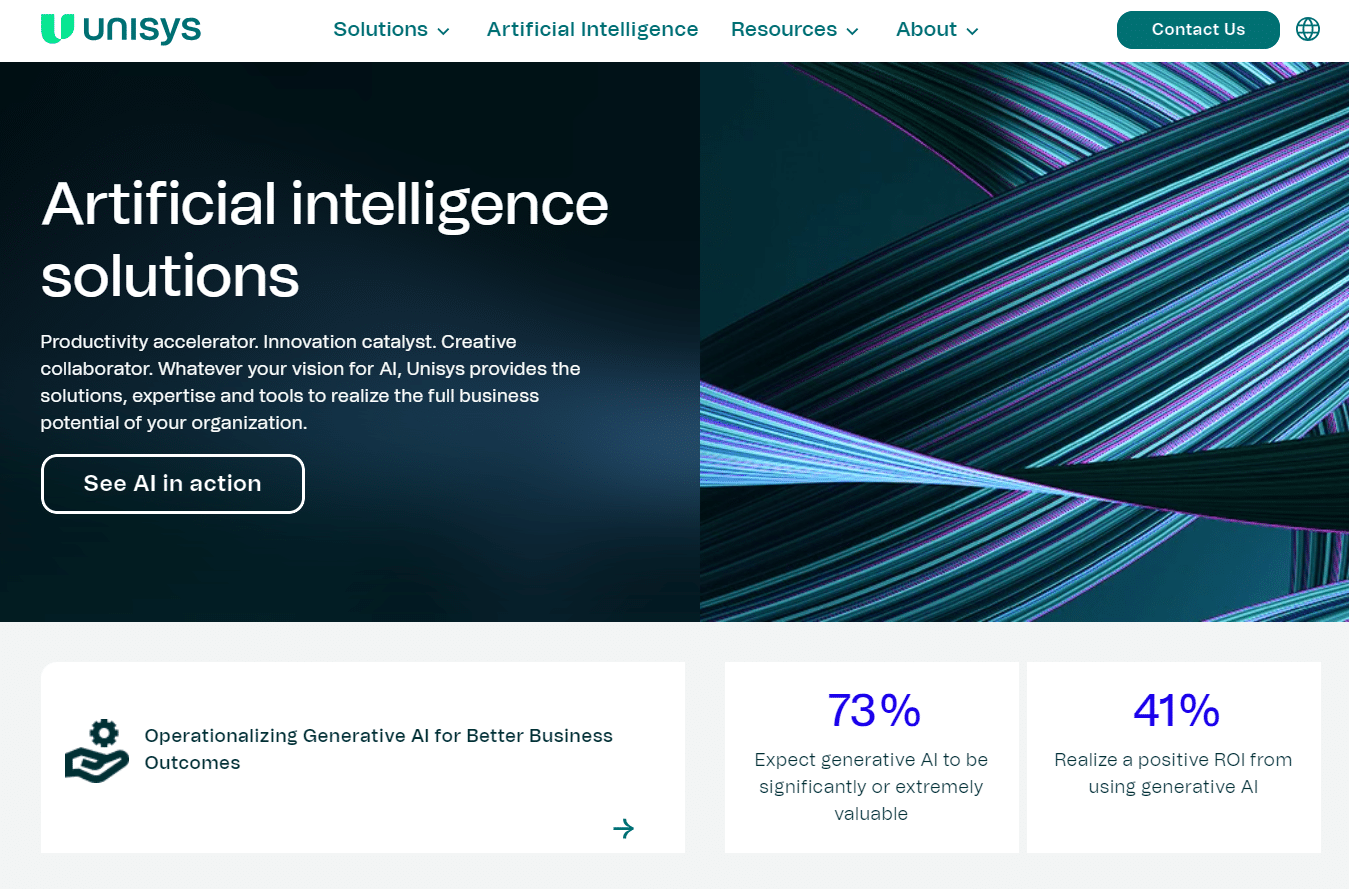
Hyper-personalization is key to delivering tailored experiences that drive both customer experience and sales growth.
Using machine learning algorithms, businesses can analyze data at a granular level to deliver personalized content, recommendations, and interactions for individual customer needs.
Understanding Hyper-Personalization for CX
Hyper-personalization uses real-time data and machine learning to tailor every aspect of a customer’s journey.
This enables businesses to:
- Anticipate customer needs and deliver solutions before they even realize they need them.
- Deliver dynamic content that adapts to individual preferences and behaviors.
- Enhance the customer journey with interactions that feel highly relevant and attuned to their concerns.
Application in Customer Experience and Sales
Businesses can apply hyper-personalization across various channels to enhance both the customer experience and drive sales:
- Dynamic website content. Websites adjust in real-time to show products or services based on browsing behavior and purchase history.
- Tailored recommendations. Personalized product suggestions based on previous interactions, driving upsells and cross-sells.
- Adaptive chat interactions. AI-powered chatbots adjust their responses based on customer inputs, offering more relevant assistance.
The benefits for driving customer loyalty and higher sales conversions include:
- Stronger customer loyalty as customers feel understood and valued, creating long-term relationships.
- Higher conversion rates by offering precisely what the customer needs, increasing the likelihood of purchase.
9. Digital Experience Platforms (DXPs) for Consistent Brand Experience

Today’s competitive market delivers a consistent and unified digital experience across all customer touchpoints.
This is essential for maintaining brand loyalty and boosting sales growth.
Digital Experience Platforms (DXPs) enable businesses to manage their omnichannel CRM strategies for seamless customer interactions.
What Are DXPs and How Do They Work?
DXPs are integrated software suites that help businesses manage and optimize customer interactions across all digital touchpoints.
They enable:
- Centralized management of customer data, content, and interactions across websites, apps, and other digital channels.
- Personalized content delivery based on customer behavior, demographics, and preferences.
- Omnichannel support to ensure consistent customer experiences across all platforms, whether online or offline.
Key Features and Benefits of DXPs
Businesses adopting DXPs benefit from various features that streamline content management and personalization that can enhance both the customer experience and brand consistency:
- Content management. Easily create, manage, and distribute content across multiple platforms to achieve consistent messaging.
- Personalization. Use customer data to deliver tailored experiences that boost engagement and satisfaction.
- Analytics. Gain insights into customer behavior and engagement to refine strategies and improve results.
DXPs’ contributions to a unified customer experience and increased brand loyalty are:
- A unified customer experience by creating consistent interactions across all touchpoints, improving the overall customer journey.
- Increased brand loyalty as customers receive consistent, high-quality experiences, leading to long-term engagement.
10. Real-Time Engagement Platforms for Instant Customer Feedback
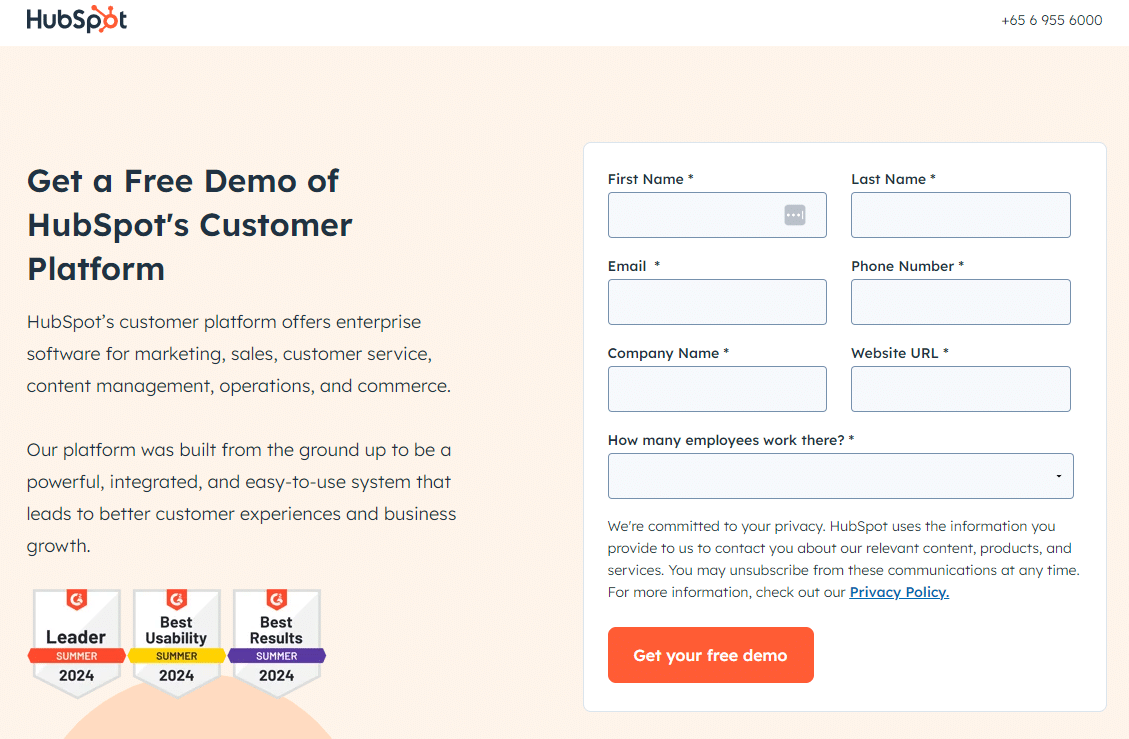
Real-time engagement is critical for brands looking to provide instant customer support and build trust.
Real-time engagement platforms allow businesses to gather immediate feedback, resolve issues quickly, and create proactive customer support experiences for business growth.
Tools and Strategies for Real-Time Engagement
Businesses can leverage a variety of tools to facilitate real-time engagement and enhance the customer experience:
- Live chat. Offer instant support to customers on your website or mobile app.
- Co-browsing. Enable customer service agents to assist customers by navigating the website with them in real-time.
- In-app messaging. Provide real-time assistance through apps for instant responses to user inquiries.
Impact of Real-Time Engagement on Sales
Real-time engagement significantly impacts sales growth by fostering immediate and personalized customer interactions:
- Immediate feedback helps businesses improve their offerings and services based on real-time customer input.
- Proactive customer support guarantees customers receive assistance before problems escalate, increasing brand trust.
Real-time engagement drives sales through:
- Building customer trust by providing quick and reliable support, and encouraging repeat purchases.
- Increasing conversion rates as customers feel supported throughout their journey, leading to more confident buying decisions.
By adopting these CX technologies, businesses can optimize their digital experience and provide personalized, real-time interactions.
How Customer Expectations Are Shaping the Technology Landscape
These days, customer expectations have reached unprecedented levels, driven by the demand for personalized experiences, instant support, and seamless interactions across channels.
Whether they are shopping online, engaging through mobile apps, or visiting physical stores, today’s shoppers expect businesses to anticipate their needs.
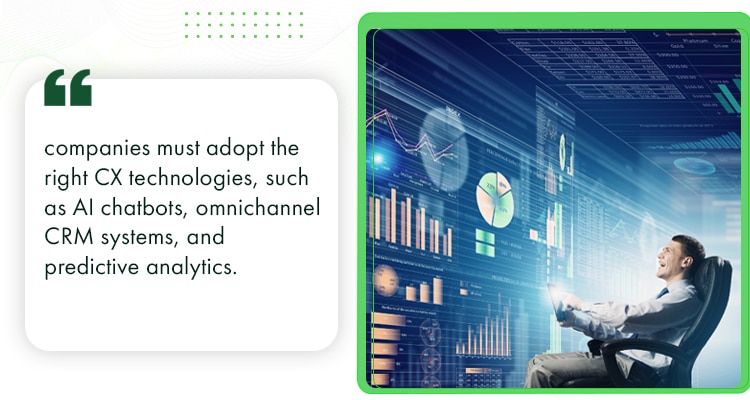
To meet these expectations and thus stand out from the competition, companies must adopt the right CX technologies, such as AI chatbots, omnichannel CRM systems, and predictive analytics.
These tools allow businesses to deliver the real-time engagement and hyper-personalization that modern customers crave.
Why a Customer-First Strategy is Crucial for Sales Growth
Adopting a customer-first strategy is a necessity for any business that wants to grow their sales to stay competitive.
There is a clear correlation between enhanced customer experience and sales growth, as demonstrated by the studies below:
- Companies with strong customer experience strategies generate 5.7 times more revenue than those who don’t prioritize CX.
- 86% of customers are willing to pay more for a great customer experience, reinforcing the direct link between CX and sales growth.
- Businesses that focus on real-time engagement and hyper-personalization are strengthening customer loyalty and lifetime value.
Several US-based companies have adopted cutting-edge CX technologies and reaped the benefits in terms of higher sales and customer satisfaction:
- Amazon. By using predictive analytics and AI chatbots, Amazon has mastered the art of personalized recommendations and seamless shopping experiences.Their focus on CX has driven substantial revenue growth as a result.
- Starbucks. Starbucks’ omnichannel CRM strategy integrates their mobile app, rewards program, and in-store experience, resulting in higher customer engagement and retention.
- Sephora. Leveraging AR/VR retail technologies and predictive analytics, Sephora provides personalized beauty recommendations, resulting in improved customer satisfaction and increased sales.
How a Customer-First Approach Boosts Sales and Reduces Churn
A customer-first approach not only increases sales but also has a positive impact on customer retention and lifetime value (CLV).
When businesses provide personalized, engaging, and timely interactions:
- Churn rates decrease, as satisfied customers are more likely to stay loyal.
- Customer lifetime value increases, as loyal customers spend more over time and are more likely to refer others.
- Repeat purchases become more common, with loyal customers driving a larger portion of revenue through repeat business.
FAQs
The process of effectively integrating CX technologies can raise several questions for business leaders. Below are some common FAQs to help guide your decision-making process.
What is the most important CX technology for boosting sales in 2024?
The answer would depend on your business, but AI chatbots, predictive analytics, and omnichannel CRM systems are leading the way in driving sales growth through personalized and real-time customer engagement for most companies.
How can small businesses leverage CX technologies without a big budget?
Small businesses can start by adopting cost-effective tools like AI chatbots for customer support or basic CRM systems that allow them to track customer data and personalize interactions. Many solutions offer scalable options that can grow with your business.
How do I know which CX technology is right for my business?
Consider your business goals and customer needs. For example, if your focus is speeding up your response rate, IVR systems and AI chatbots may be the best choice.
For a more personalized customer experience, CDP platforms and predictive analytics can be valuable tools.
Ultimately, base your choices on your immediate needs and long-term goals.
Final Thoughts
Selecting the right CX technologies for your business requires carefully considering your unique goals, customer expectations, and budget.
Whether you are focused on hyper-personalization, real-time engagement, or creating an omnichannel experience, the key to driving sales growth lies in adopting a holistic CX strategy.
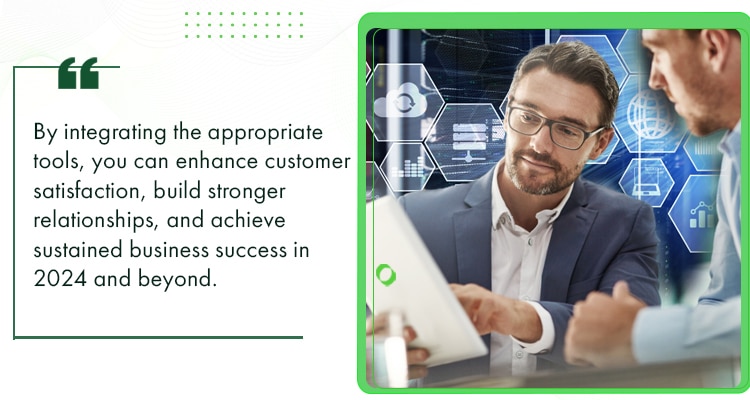
By integrating the appropriate tools, you can enhance customer satisfaction, build stronger relationships, and achieve sustained business success in 2024 and beyond.
For more references that will help you grow your business — check these out:
- Want to know how to hire Filipino virtual personal assistants effectively? Learn more here.
- Ready to Build a FULLY Remote Team with the Right People? Click here.
- Check Out Our 1,000 Fully Vetted and Highly Talented Staff here.
Darren Aragon is a multifaceted writer with a background in Information Technology, beginning his career in research at Pen Qatar and transitioning through customer service to a significant role at Absolute Service, Inc. His journey into freelance writing in 2021 has seen him excel across various niches, showcasing his adaptability and deep understanding of audience engagement.

